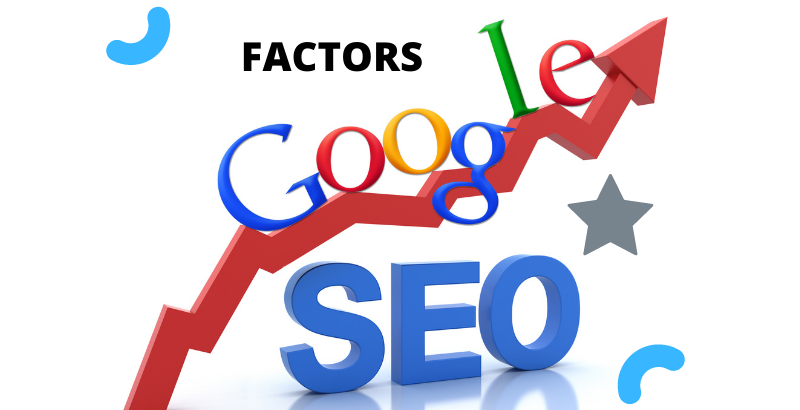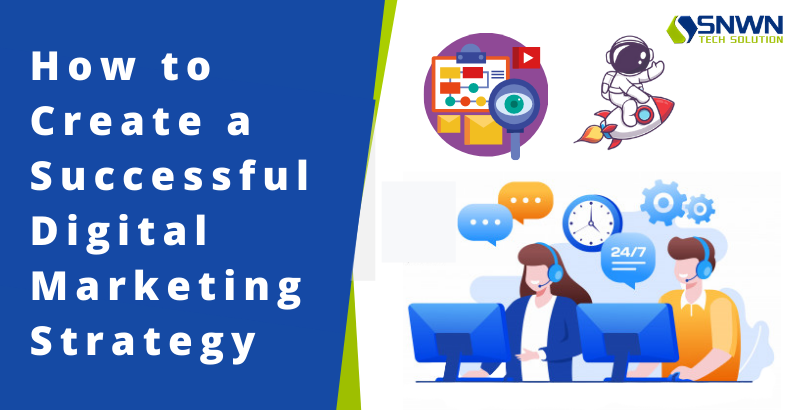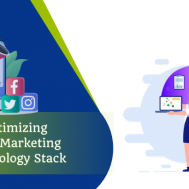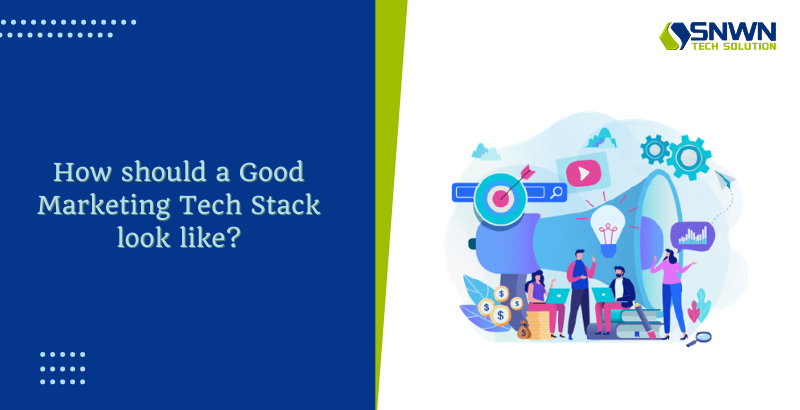Since the dawn of digitization in almost every sector, businesses have been inclined towards the internet even more.
It has given birth to a new perception of marketing in today’s world which we call digital marketing.
Earlier, the rules of marketing were confined to suggesting to the audience about a product, however digital marketing, found a new definition.
According to a survey from the digital hangover, it is predicted that by 2022 international media advertising would reach a staggering 53.9% of total media outlays.
Similarly, gathering the correct traffic has also become relatively tough. This is why creating a successful digital marketing strategy is crucial for any online business.
Before we lose ourselves further into detail, let us familiarise ourselves with the basic jargon for better comprehension.
Understanding Digital Marketing
Digital marketing refers to the concept of brands promoting their services or products through the internet or in any other form of electronic communication.
The form of digital communication can range from anything like social media to text, or basic multimedia messages. Digital marketing often focuses on attracting a portion of customers who are in search of similar products or services.
A business can use multiple online platforms to reach out to its customer base or might even focus on attracting clients through a single digital channel.
Digital marketing is carried out by both B2B and B2C types of companies. B2B digital marketing customers often face longer decision-making processes and are mostly targeted to build relationships between the brand and the customer.
On the other hand, B2C strategies often focus on limited period offers and conversations ensuring small sale funnels.
What is a Digital Marketing Strategy?

A digital marketing strategy refers to a series of pre-planned courses of actions that are or must be carried out digitally to reach business targets.
Simply put, these are plans or actions carried out at the right on single or multiple suitable channels to attract customers, increase revenue and build a good relationship with your customer base.
Why is it important for e-commerce business?
While we read testaments about all the successful businesses that were transformed due to the bountiful blessings of digital marketing, we often forget the How and the Why.
How does it help your business? Here are some of the main reasons why digital marketing is important for your e-commerce business:
Learning more: Digital marketing is an ever-learning process. While formulating a strategy, in-depth research about changing market trends, audience expectations, etc is very important.
Planning a digital marketing strategy gives you an amazing opportunity to learn more about the dynamics of online businesses.
Accurate Data: After implementing your strategy, it gathers valuable data that helps you to understand what works best for your company.
With such insights, you can further come up with upgraded actions that ensure the growth of your online business.
Gives structure to your plans: Unlike traditional marketing, digital marketing prevents us from making blind guesses which is a great risk for our businesses. A good digital marketing strategy provides a framework to your business helping you unlock the complete potential of your business with a strong presence online.
A structured plan not only eliminates errors but also helps you identify weaknesses and problems, thus improving your ROI.
A step by step guide to creating a successful digital marketing strategy
Every business demands a different approach while planning strategy. One should always keep their options open and look for ways to upgrade their business plans to have a successful business.
Moreover, we have created a list of tips that might help you to plan an efficient digital marketing strategy that resonates with your business :
In-depth research and SEO Optimization

The very first step to a successful strategy is to begin at the roots. If you have content that has the potential to achieve higher in the google ranking algorithms, focus on strengthening your SEO strategy instead.
Moreover, plan your content complying with the Google algorithm to rank higher in the listings.
Make sure your images have smaller sizes which ensures a fast and easy page loading. Linking with reputed pages is important to build trust and have a good online reputation to attract customers.
Another important aspect of a successful strategy is collecting data. While planning, gaining knowledge about the market dynamics is important and the data collected from analyzing the strategy helps you understand what works best for your product or services.
Knowing your audience
Every niche product or service attracts a certain portion of the demographic. This is why building a presence in the online community is important to identify regular customers.
Also, we need to collect data based on their preferences, purchasing history, etc helps you analyze the products or services that work best and how to improve customer service.
Generate Leads
Generating and nurturing leads is also an important part of a successful digital marketing strategy. You can gather leads by introducing subscriptions which might help you get information about the audience and their contact information like email address, etc.
This provides a scope to communicate with them. After getting a lead, you can keep the conversation going with the help of chatbots, emails, etc.
Creating a digital marketing strategy with SNWN

As we have established how SNWN helps to have a successful online business, it is also important to choose the right service provider for the same.
If you are wondering where to start, SNWN Tech solutions are the perfect choice for you. Why them? Well, apart from the many perks that they provide, they also offer some great services that can help your brand grow such as:
- Outsource assistance
- Managing servers.
- Infrastructure management.
- Website development
- Digital Marketing strategy.
Besides this, SNWN Techsolution has revolutionized the e-commerce platform. With their user-friendly interface, they have paved the way for businesses to stay ahead of the competition and predict problems and weaknesses and tackle them efficiently.
Moreover, they provide optimum data security, 24X7 support, an experienced team, white-label assistance, and 30 days trial period makes it the best in the game.


